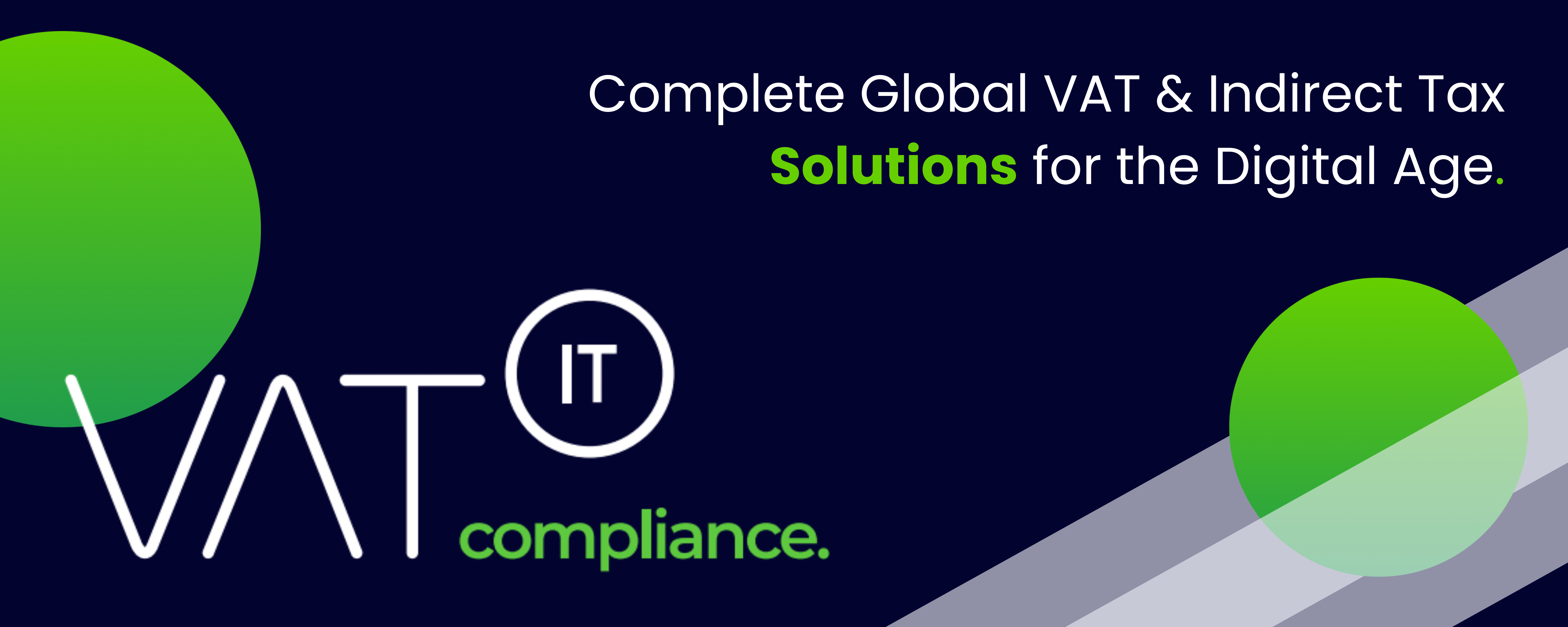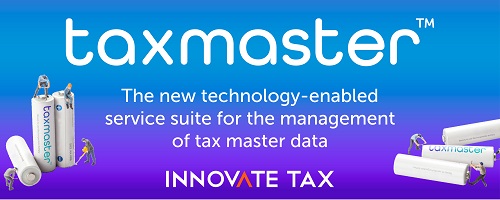- E-invoicing adoption in the U.S. is fragmented with no federal mandate or consistent standards.
- Structured e-invoices improve efficiency and tax compliance, but most U.S. businesses still use PDFs.
- The DBNAlliance offers an interoperable solution using global standards.
- Over 250 e-invoicing service providers in the U.S. support more than 15 invoice formats.
- The U.S. lacks a central authority to mandate or harmonize e-invoicing.
- Invoices in the U.S. are treated like any other business document without a formal standard.
- Definitions of e-invoices vary, with many businesses considering PDFs as electronic invoices.
- Only 20% of large U.S. businesses send structured e-invoices.
- Paper and PDF invoices create inefficiencies and increase the risk of errors.
- Many businesses still use checks for payments, delaying cash flow and increasing risks.
- Nearly 92% of e-invoices are paid on time compared to 45% of paper invoices.
Source: avalara.com
Note that this post was (partially) written with the help of AI. It is always useful to review the original source material, and where needed to obtain (local) advice from a specialist.
Latest Posts in "United States"
- Eliminating Colorado State Sales Tax Vendor Fee and Appropriation Adjustment
- Rhode Island Introduces 7% Sales Tax on Short-term Parking Services Starting October 2025
- Indiana Rules AI Chatbot Subscription Services Exempt from Sales Tax
- Mayor Withdraws Sales Tax Proposal Amid Public Concerns and Calls for Transparency
- USTR extends product exclusions subject to Section 301 tariffs through 29 November 2025















